People in rural areas of Iran were disproportionately affected by power outages in the aftermath of major blackouts in spring and summer 2021, a new survey by Iran Open Data has found.
The country’s decaying electricity infrastructure was widely blamed for long-running outages in parts of the country from May through to August last year. Hospitals, local government and businesses faced serious disruption, and some students were unable to log in to take online exams. So significant was the crisis in some cities that people took to the streets to protest.
Iran Open Data, an independent organization based in the UK, polled social media users in Iran to ask them about their experience of blackouts in fall 2021, after the worst of the hot weather – and concurrent high electricity usage – had subsided. A total of 784 people responded between October 1, 2021 and January 4, 2022.
Even though more than 75 percent of Iranians overall, and 91 percent of the survey’s respondents, lived in cities, the results suggested that the vast majority of disruption was still being experienced by people in rural zones.
In total, 98 percent of people in urban areas said they had access to electrical power at that moment, compared to 76 percent of people in villages. Those without grid power were generally using backup generators or petroleum-based devices as a stand-in.
However, overall, a third of participants still stated they had experienced a blackout in the last week: 33 percent in cities, where the bulk of respondents were writing from Tehran, and 37 percent in rural areas. The typical length of a blackout was three hours.
The average cost to households of electricity usage also varied widely. Participants were paying an average of 260,000 tomans (US$62) per billing cycle, but half paid less than 75,000 tomans ($18) and one percent paid just 1,000 tomans ($0.25). The highest-paying one percent said each bill cost them around two million tomans ($475).
visit the accountability section
In this section of Iran Wire, you can contact the officials and launch your campaign for various problems




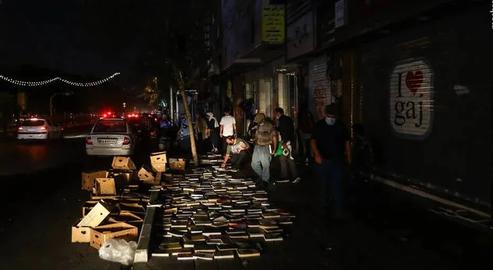


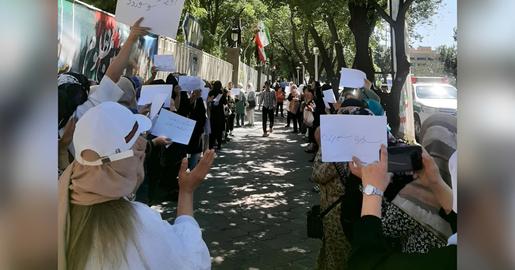



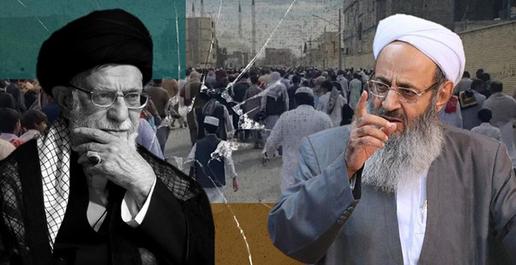
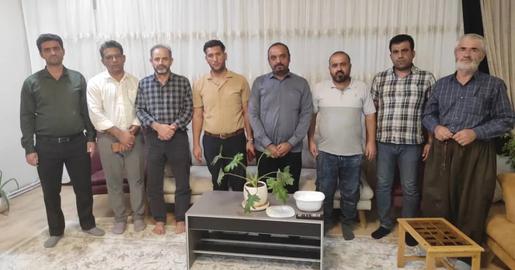
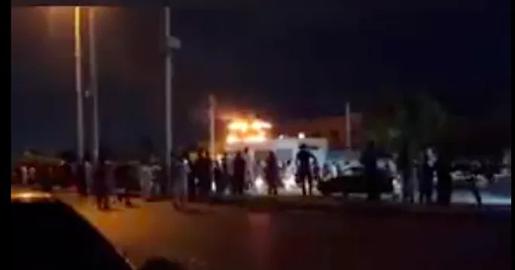
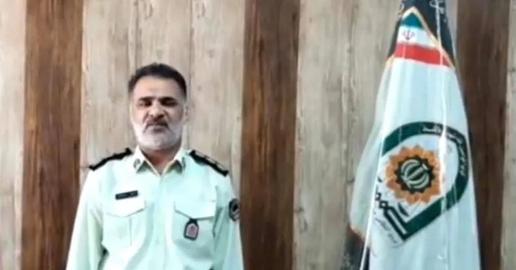





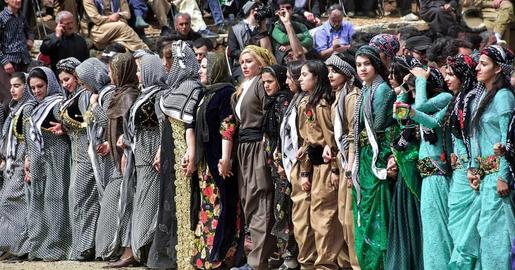
comments